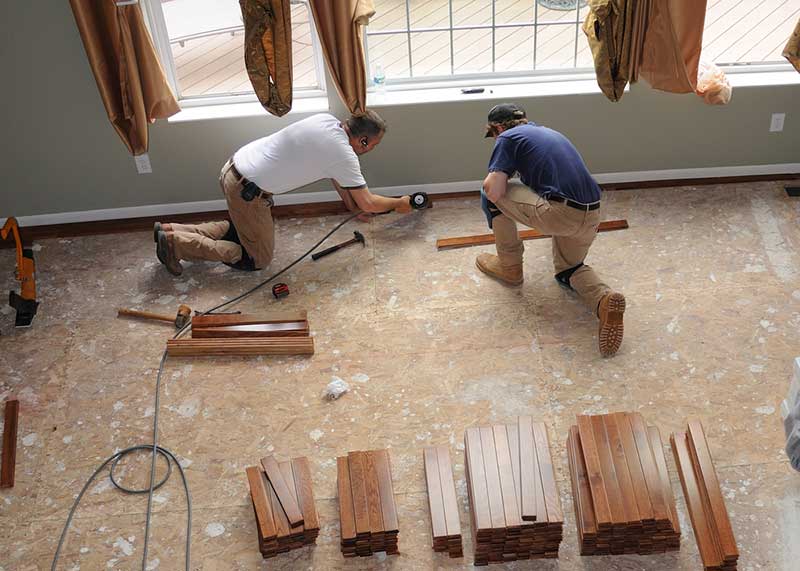Treating your floors the right way will give your home a sense of wholeness, complement it and will unify all the elements of your interior décor. On the other hand, if not done properly, it may also break your design. There are various solutions for your floors, depending on factors such as quality, amount of money you are willing to spend and, of course, the very room – it’s function, location and traffic. If you want to save yourself some precious time, see the current most popular floor solutions.
Carpets and Rugs
Possibly the best and easiest way to contribute to your home interior design is by choosing the right piece of cloth for it. It comes in diversity of styles, shapes and colors. It is easy to install and convenient for covering the sub floors, hiding cracks, scratches and other irregularities. It keeps your feet warm and gives a soft feel while walking. Carpets and rugs need to be vacuumed because dust particles easily pile up in it. See to get carpets and rugs that are short and dense with a good quality cushion. Carpets are great for large rooms, such as living-rooms (for the center of the room, unifying your furniture – sofas, armchairs and coffee tables), kitchens (under the dining table, keeping your feet warm), kids rooms (the softness protecting them from falling and tumbling) and hallways. On the other hand, a good rug can also do the trick and add up perfectly to your decor. For example, a nice flatweave runner rug can be laid on either side of a bed, in a long hallway, while few short rugs combined can fulfill a space of a larger room.
Tiles
In wide selection of tiles – porcelain, natural stone, mosaic, etc – with each having its positive and negative sides, the most used type of tiles for home floors are ceramic tiles. Ceramic tiles are mostly used for kitchens and bathrooms. Why? They are very resistant to scratches, stains and spots, moisture, water and other liquids, fire and bacteria. While easy and practical for cleaning and maintaining, laying ceramic tiles in not an easy task, although that process certainly needs to be performed properly in order to avoid future problems (cracking, eroding and discolored grout) that can’t be repaired.
Hardwood
True hardwood fanciers will tell you that it is all about the rustic and elegant look. Classic hardwood planks are usually made out of oak and maple, but also of various exotic and domestic woods. The imperfection of hardwood is that it wears out easily if put in high-traffic areas. The best solution for this is combining it with rugs – rugs that will protect the floors and save you from frequent refinishing and sanding the floors.
Laminate
Laminate is a cheaper solution that would replace hardwood or tile. It is easily maintained, resistant to stains, scratches and fire. Laminate manufacturers are capable of realistically simulating everything from hardwood to natural stone. It is a collection of layers that are glued to one another and it is easy to replace because it is not fixed to a subfloor.
Vinyl
Vinyl floors (linoleum being probably the most famous type) are composed of polyvinyl chloride (vinyl) and different plasticizers, pigments and natural glues. Newer vinyl floors have better and more versatile designs and textures than earlier ones. Vinyl floors come in shape of planks and sheets, and is usually chosen to cover kitchen floors due to its high resistance to stains and scratches.

